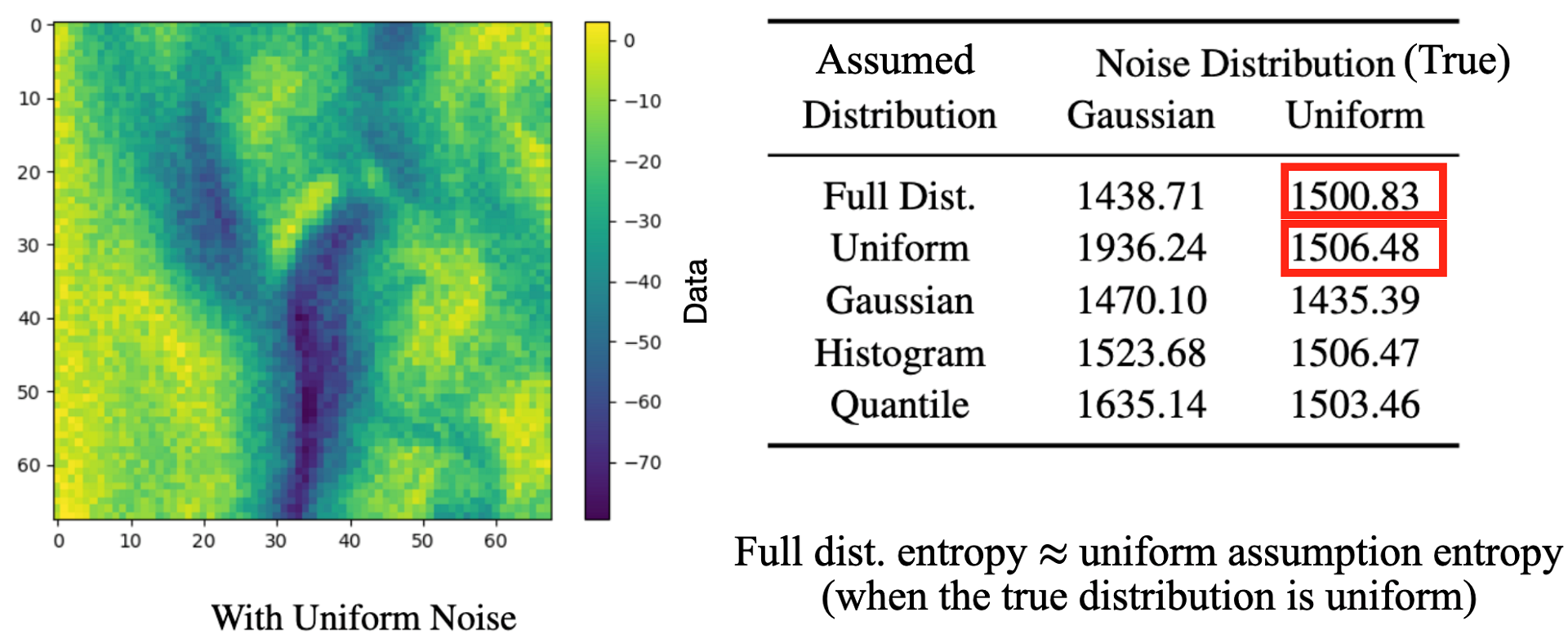An Entropy-Based Test and Development Framework for Uncertainty Modeling in Level-Set Visualizations
Robert Sisneros - University of Illinois Urbana-Champaign, Urbana, United States
Tushar M. Athawale - Oak Ridge National Laboratory, Oak Ridge, United States
Kenneth Moreland - Oak Ridge National Laboratory, Oak Ridge, United States
David Pugmire - Oak Ridge National Laboratory, Oak Ridge, United States
Screen-reader Accessible PDF
Room: Bayshore VI
2024-10-14T12:30:00ZGMT-0600Change your timezone on the schedule page
2024-10-14T12:30:00Z

Abstract
We present a simple comparative framework for testing and developing uncertainty modeling in uncertain marching cubes implementations. The selection of a model to represent the probability distribution of uncertain values directly influences the memory use, run time, and accuracy of an uncertainty visualization algorithm. We use an entropy calculation directly on ensemble data to establish an expected result and then compare the entropy from various probability models, including uniform, Gaussian, histogram, and quantile models. Our results verify that models matching the distribution of the ensemble indeed match the entropy. We further show that fewer bins in nonparametric histogram models are more effective whereas large numbers of bins in quantile models approach data accuracy.